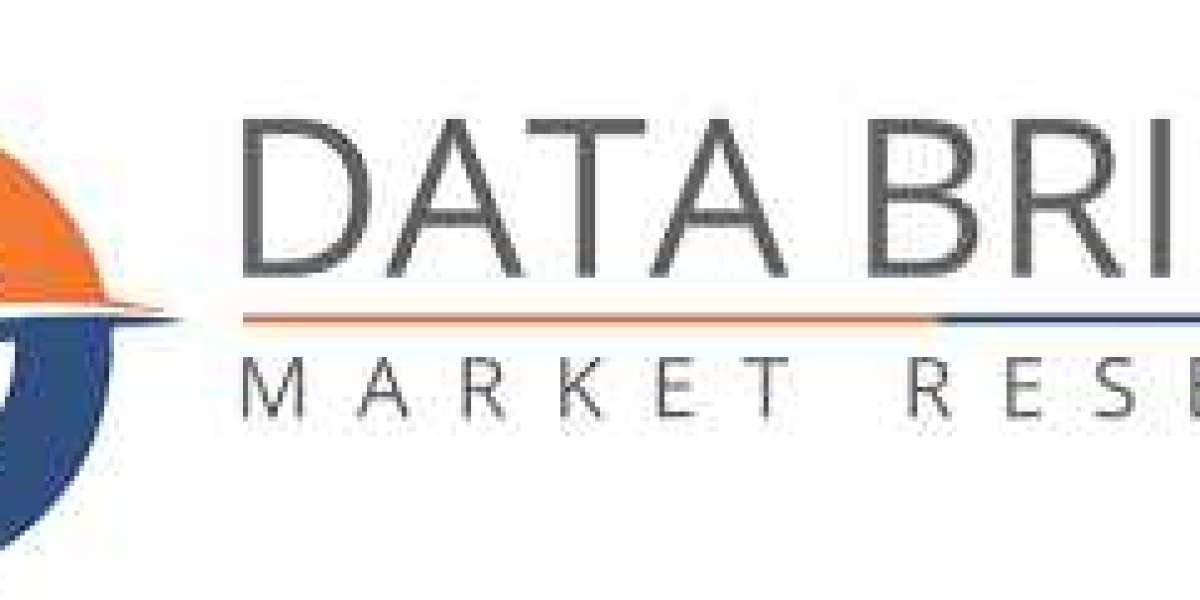Understanding Commercial Lending: A Guide for Businesses
Commercial lending plays a crucial role in the world of business finance, enabling companies to access the capital they need to operate, expand, or undertake new projects. This type of lending differs from personal lending in that it is designed specifically for businesses, whether they are small startups or large corporations. Here’s a comprehensive look at what commercial lending is, the different types available, and how businesses can leverage this financial tool.
What is Commercial Lending?
Commercial lending refers to the practice of providing loans or lines of credit to businesses rather than individuals. These loans are typically provided by commercial banks, credit unions, or other financial institutions. The funds can be used for a variety of business needs, such as purchasing equipment, expanding operations, covering short-term working capital needs, or funding real estate acquisitions.
The primary goal of commercial lending is to provide businesses with the necessary resources to maintain or grow their operations. Unlike consumer loans, which are usually unsecured, commercial loans are often secured with business assets, such as property, equipment, or accounts receivable. This offers lenders protection in case of default.
Types of Commercial Loans
There are several types of commercial loans, each catering to different business needs:
- Term Loans
A term loan is the most common type of commercial loan. It involves borrowing a lump sum amount and agreeing to repay it in installments over a specified period, often ranging from one to ten years. Term loans can be used for long-term investments, such as purchasing equipment or expanding facilities. They may be secured or unsecured, depending on the lender and the business's creditworthiness.
- Lines of Credit
A business line of credit works much like a credit card. The business is approved for a maximum borrowing limit, and they can withdraw funds up to that limit whenever needed. Interest is only paid on the amount borrowed, not the total credit limit. This type of loan is ideal for businesses that need quick access to capital for ongoing expenses like payroll, inventory, or unforeseen costs.
- SBA Loans
The U.S. Small Business Administration (SBA) offers loan programs designed to help small businesses that may not qualify for traditional bank loans. SBA loans are typically offered at lower interest rates and with more favorable terms than standard commercial loans. However, they often come with strict eligibility requirements and a lengthy approval process.
- Commercial Real Estate Loans
For businesses looking to purchase or refinance commercial property, commercial real estate loans are an option. These loans are secured by the property being financed and are typically longer-term loans with lower interest rates. Businesses can use these funds for purchasing office buildings, warehouses, or other real estate needed for operations.
Reaquest For Free Pdf - https://www.marketresearchfuture.com/sample_request/24325
- Equipment Financing
Businesses that need to purchase or lease new equipment may seek equipment financing. This type of loan is specifically designed to cover the cost of acquiring machinery, vehicles, or technology that a business needs to operate. The equipment itself often serves as collateral for the loan, which helps lower the lender’s risk.
- Invoice Financing
Invoice financing is a short-term loan option that allows businesses to borrow money against their outstanding invoices. This can be a valuable option for businesses that experience cash flow issues due to delayed payments from clients. The lender advances a portion of the invoice amount upfront and receives repayment once the customer pays the invoice.
- Merchant Cash Advances (MCA)
A merchant cash advance is a type of funding where a business receives a lump sum payment in exchange for a percentage of future credit card sales. This type of financing is usually offered to businesses that have a high volume of daily credit card transactions, such as restaurants or retail stores. While convenient, this option can be expensive due to its high interest rates.
How Commercial Lending Works
In a typical commercial loan transaction, a business will approach a lender with a borrowing request, outlining the purpose of the loan and how it intends to use the funds. The lender will then assess the business’s financial health, including its credit history, revenue, cash flow, and any existing debts. Based on this information, the lender will determine the loan terms, including the interest rate, repayment schedule, and whether collateral is required.
If the loan is approved, the business receives the funds, which are typically disbursed in a lump sum or as a revolving line of credit. The business is then responsible for making regular payments to the lender, which includes both principal and interest. If the loan is secured by collateral, the lender can seize the collateral if the business defaults on the loan.
Benefits of Commercial Lending
- Access to Capital for Growth: Commercial lending allows businesses to secure the funds they need for expansion, new projects, and operational costs without tapping into their own reserves.
- Flexible Loan Options: There are a wide variety of commercial loan options, each designed to meet specific business needs. This gives companies flexibility in choosing the right financing option.
- Improved Cash Flow: With the right type of loan, businesses can access working capital that can help them maintain smooth operations, especially during cash flow crunches.
- Tax Deductions: Depending on the loan type, businesses may be able to deduct interest payments as a business expense on their taxes, reducing the overall cost of borrowing.
Risks and Considerations
While commercial lending offers several benefits, it also comes with risks:
- Debt Burden: Taking on too much debt can strain a business's finances, especially if cash flow becomes tight or if the business is unable to meet its repayment obligations.
- Interest Rates: Commercial loans often come with higher interest rates than consumer loans, particularly for businesses with lower credit scores. This can add significant costs to the loan over time.
- Collateral Requirements: Many commercial loans require collateral, which means businesses risk losing valuable assets if they default on the loan.
- Complex Application Process: The approval process for commercial loans can be time-consuming and complex, requiring businesses to provide detailed financial statements, business plans, and sometimes personal guarantees.
Conclusion
Commercial lending is a vital component of the business world, providing businesses with the necessary funds to grow, expand, and manage their day-to-day operations. By understanding the different types of commercial loans, their benefits, and potential risks, businesses can make informed decisions about which financing options are best suited to their needs. Whether for purchasing equipment, expanding operations, or improving cash flow, commercial lending offers businesses the financial flexibility needed to succeed and thrive in a competitive marketplace.
Related Report -
| Marketing Agencies Market |
| Musical Groups And Artist Market |
| Operations Advisory Service Market |
| Organic Waste Management Solution Market |
| Private K12 Education Market |







